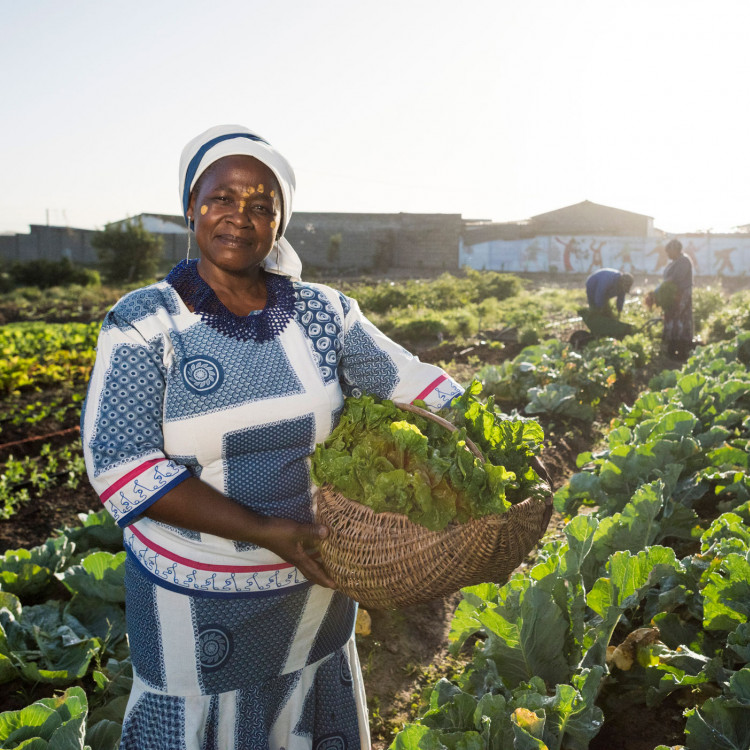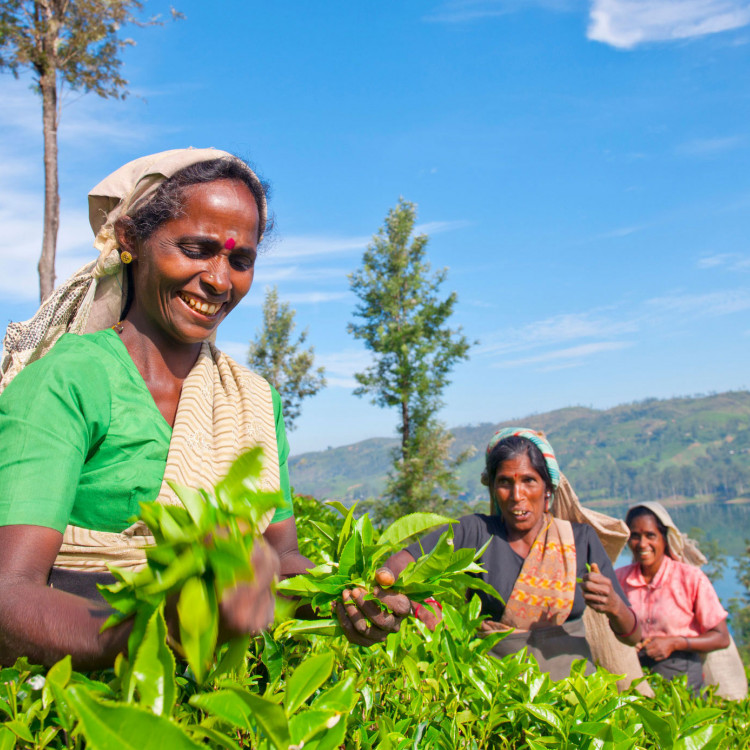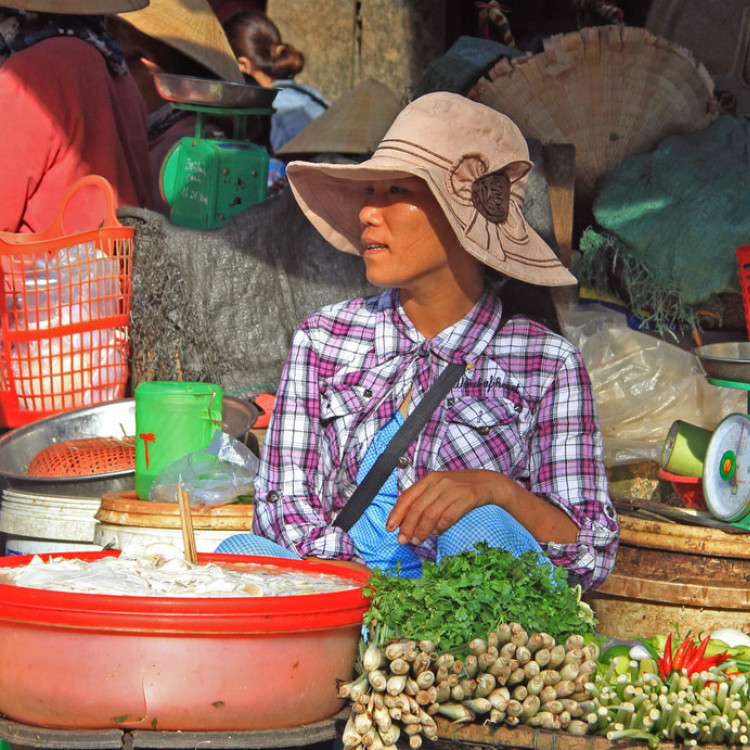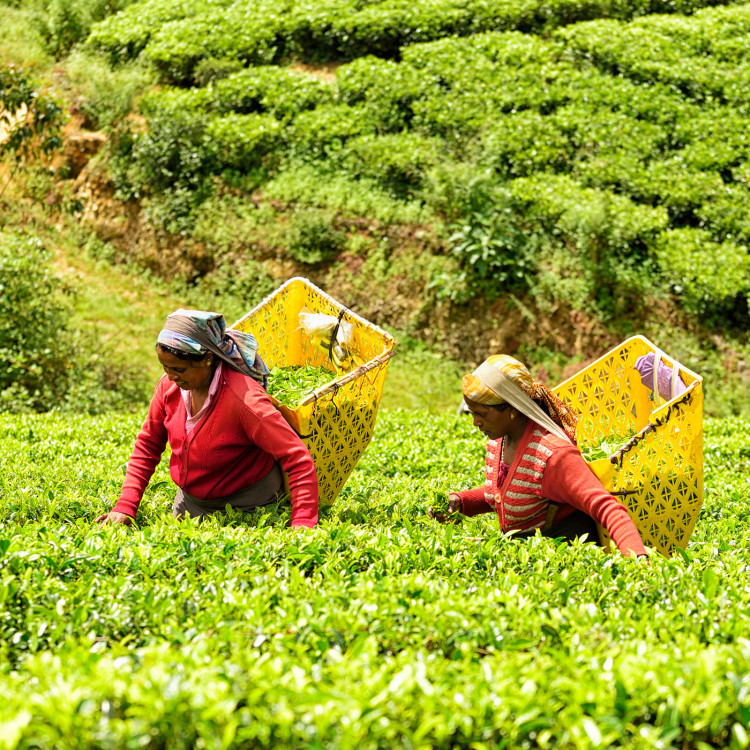
Why gender matters to climate action and sustainable development more broadly
The 2030 Agenda outlines ambitious priorities for sustainability by 2030. A sustainable future is not achievable without equality for women. It is therefore critical that gender and women’s rights are addressed in the Sustainable Development Goals (SDGs).
While gender equality is captured as a stand-alone goal (SDG 5), gender must be integrated across all the SDGs, and gender considerations must be included in all sustainable development work and climate action.
At IISD, we work to ensure that sustainable development policies and legislation support gender equality and women’s empowerment. We conduct research such as analyzing the impacts of development policies on gender equality and women’s empowerment. We then use this research to develop tools that promote and track gender equality and to advise policy-makers on devising gender-responsive sustainable development policies. We also input these experiences into international policy discussions and processes, such as the United Nations Framework Convention on Climate Change (UNFCCC) negotiations and SDG implementation efforts.
More than 50 SDG indicators explicitly reference girls, women, gender, or sex.
Measuring gender across the SDGs
Gender equality can enable and even accelerate the achievement of the SDGs. But at present, a severe lack of sex-disaggregated data makes it difficult to monitor how far the world is progressing towards achieving gender equality.
Goal 5 aims to achieve gender equality and empower all girls and women. Among the targets for this goal is an end to “all forms of discrimination against all women and girls everywhere.” While this is laudable, there is no worldwide overview of data on legal frameworks that aim to end discrimination on the basis of gender, so at present there is no way to measure progress towards reaching this target.
More than 50 of the 231 SDG indicators reference women, girls, gender or sex. But, as UN Women finds, there are no internationally established methodologies or standards for 23 out of these 53 gender-related indicators.
When member states recently met at the 2017 session of the UN High-Level Political Forum for Sustainable Development (HLPF), they recognized that failing to prioritize gender equality in data collection, analysis and dissemination would make it difficult for policy-makers to develop policies that could enable gender equality.
IISD provides information and analysis on the implementation of SDG 5 through the SDG Knowledge Hub.

Gender, energy and the impacts of subsidy reforms
Globally, subsidies to fossil fuels may be on the order of USD 600 billion per year. A large body of evidence finds that such subsidies are bad for poverty reduction, the environment and fiscal sustainability—and are therefore in need of reform.
But there is little data about how energy subsidy policies may affect women and men differently. Do reforms need to reflect the different uses of energy by women and men? If so, how? And can reform be used as an opportunity to reduce gender inequality?
Subsidy reform policies must take into account how women experience and use energy, and ensure that opportunities for improved gender equality and welfare gains are realized. Unfortunately, gender-differentiated impacts are rarely considered in the literature on energy, gender or subsidies.
The Global Subsidies Initiative is examining the gendered impacts and opportunities from energy sector reform in Bangladesh, India, Indonesia and Nigeria.

Gender and climate adaptation
Climate adaptation efforts will not be effective or sustainable if they do not take gender into account. Women, girls, boys and men experience the impacts of climate change in different ways and have different needs, opportunities and capacities to respond.
In many contexts, women face additional barriers to climate adaptation compared to their male counterparts due to social norms and practices that limit their access to information, resources and opportunities. Considering gender issues is therefore critical to understanding how vulnerability to climate change varies and to addressing the underlying causes.
Equitable and effective participation by women and women’s organizations in adaptation planning, implementation, and monitoring and evaluation increases the likelihood that finance and other resources for adaptation will be channelled in gender-responsive ways, and that the opportunities and benefits resulting from these processes will be more equitably shared.
IISD hosts the Secretariat of the National Adaptation Plan (NAP) Global Network, which promotes gender-responsive investments in climate adaptation planning processes.
Key factors for gender-responsive climate adaptation planning.

Gender and agricultural investments
Foreign investment in agriculture is often considered necessary to help raise a country’s agricultural productivity and boost rural income, employment and well-being. But gender and equity issues must sit squarely alongside any consideration of efficiency and economic and agricultural growth.
There has so far been limited focus on how agricultural investments affect women and men from various social groups differently. But what is clear is that women and men have not benefited equally. Gender inequalities manifest themselves in terms of land rights, productive resources, unpaid work, employment and decision making.
IISD has researched how global standards and guidelines contribute to gender equality and women’s empowerment and whether more can be done through these instruments to improve the situation of women in agriculture.
Learn More:
Guidebook: Practice Guide to Auditing the United Nations Sustainable Development Goals: Gender equality
This Practice Guide is the Canadian Audit and Accountability Foundation’s first methodology focused on the United Nations Sustainable Development Goals.
Read More![[arrow]](/site/themes/sdg/img/svg/custom/chev.svg)
Briefing Note: A Framework for Gender-Responsive National Adaptation Plan (NAP) Processes
Gender equality is a key area of intersection across both the Sustainable Development Goals (SDGs) and the Paris Agreement.
Read More![[arrow]](/site/themes/sdg/img/svg/custom/chev.svg)
Blog: Strengthening the Ties Between Gender and Resilience? Canada’s Feminist International Assistance Policy
For millions of women and girls living in poverty around the world, each day starts with struggles that are unimaginable for most of us.
Read More![[arrow]](/site/themes/sdg/img/svg/custom/chev.svg)
Report: Promoting Gender Equality in Foreign Agricultural Investments: Lessons from voluntary sustainability standards
This report analyzes the gender-related content of five major global agricultural sustainability standards and five principles for responsible investment in agriculture.
Read More![[arrow]](/site/themes/sdg/img/svg/custom/chev.svg)